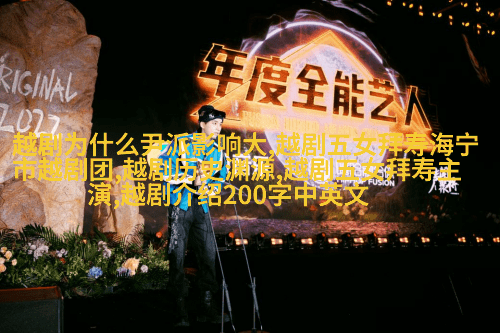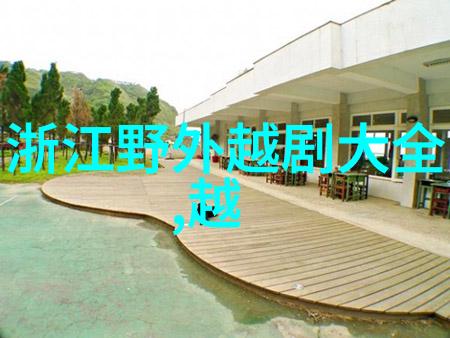I. Introduction

Peking Opera, also known as Beijing Opera or Jingju, is one of the most revered and oldest forms of Chinese theatre. This traditional art form has been captivating audiences for centuries with its stunning costumes, intricate makeup, acrobatic fighting skills, and powerful storytelling. Among the many talented performers who have contributed to the rich legacy of Peking Opera stands out a man named Ma Wei Tao - a master who not only preserved but also innovated this ancient art form.
II. The Legacy of Ma Wei Tao

Ma Wei Tao was born in 1933 in Shaoxing, Zhejiang Province - a region renowned for its rich cultural heritage and history dating back thousands of years. His love affair with Peking Opera began at an early age when he was exposed to the art form through his father who was himself an actor on stage.
III. Early Life and Training

Growing up in such an environment undoubtedly influenced Ma's life choices; he decided to pursue a career in performing arts by joining the Shanghai Yue opera Troupe when he was just 14 years old.
IV. Mastering the Craft

Under the guidance of veteran actors like Mei Lanfang and Xun Huisheng, Ma diligently honed his craft over several years before eventually becoming part of China's national theater troupe.
V. The Artistry Behind Peking Opera

Peking Opera is more than just acting or singing; it encompasses various aspects including martial arts skills known as 'wushu', acrobatics called 'gongfu', vocal techniques that include singing (called "sheng" or "nü sheng"), spoken parts (called "jing" or "chou"), playing musical instruments (known as "pipa", "dizi", etc.), using props ("bianli") and masks ("lianxiang").
VI. Innovations by Ma Wei Tao
Ma did not limit himself to simply following tradition; instead he sought innovation while staying true to his roots. He experimented with new ways to incorporate contemporary themes into traditional stories without losing their essence.
VII.A New Era for Traditional Theatre
With each performance showcasing his mastery over every aspect from martial arts moves to vocal dexterity coupled with striking costumes designed meticulously based on historical figures' attire during different dynasties - be it Han dynasty armor or Ming dynasty robes - audiences were captivated beyond measure.
Moreover, performances would often conclude with a dramatic flourish featuring fireworks exploding above them adding grandeur unmatched by any other theatrical experience they had ever witnessed.
This unique blend made him stand apart from others within this realm thus contributing significantly towards preserving yet modernizing this ancient art form further popularising it among younger generations worldwide making way for even more artists inspired by him going forth into their own journeys creating breathtaking performances that are still talked about today!


